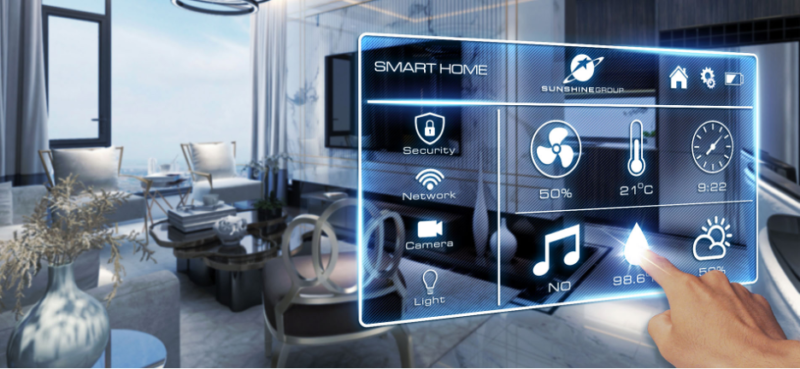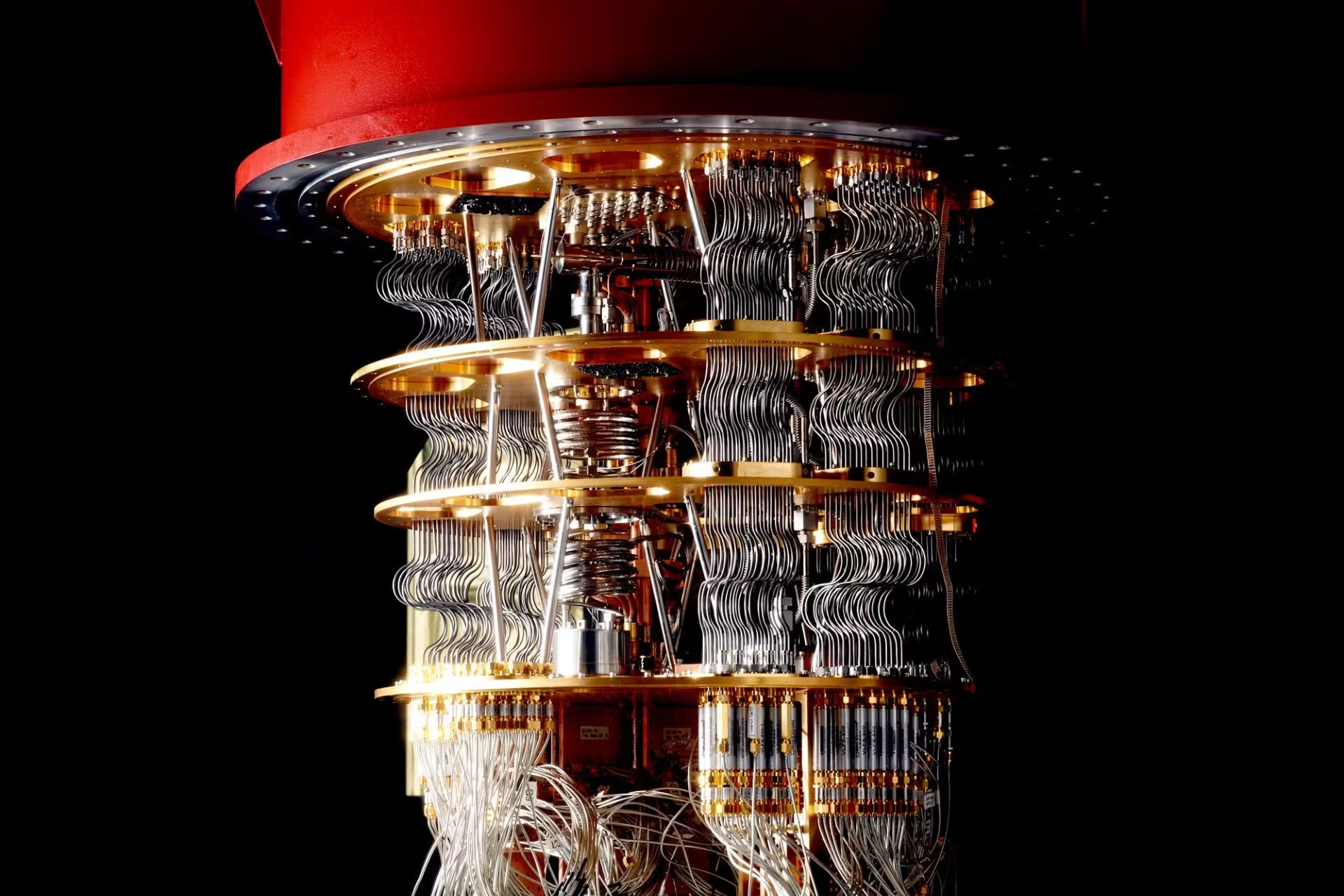Introduction
Over the last decade, homes have evolved from simple living spaces into smart, connected ecosystems powered by the Internet of Things (IoT). From voice-controlled assistants to AI-driven security cameras, the rise of smart homes is reshaping daily life, making it more convenient, efficient, and secure.
According to Statista, by 2025, over 478 million smart homes are expected worldwide, highlighting how quickly this trend is accelerating. But what exactly makes a home “smart,” and how is IoT changing the way we live? Let’s explore.
What is a Smart Home?
A smart home refers to a living space equipped with connected devices and systems that can be monitored, controlled, and automated remotely via smartphones, tablets, or voice commands.
The backbone of smart homes is the Internet of Things (IoT), which connects everyday objects—like thermostats, refrigerators, lighting, and security systems—to the internet, allowing them to communicate and share data.
- Example: A smart thermostat like Nest learns your heating and cooling preferences, automatically adjusting the temperature to save energy.
- Example: A smart speaker like Amazon Alexa or Google Home allows you to control lights, locks, or even order groceries using voice commands.
How IoT is Powering Smart Homes
IoT connects devices across a network, enabling them to collect and exchange data in real time. This creates an intelligent ecosystem that improves efficiency and enhances the quality of life.
1. Home Automation
- Lights that turn off automatically when no one is in the room.
- Curtains that open with the sunrise.
- Coffee machines that brew your coffee when your morning alarm goes off.
Automation removes repetitive tasks, giving people more comfort and control.
2. Energy Efficiency
Smart homes reduce unnecessary energy usage.
- Smart plugs switch off idle devices.
- IoT-based thermostats adjust heating/cooling based on occupancy.
- Solar panels and smart grids optimize renewable energy consumption.
According to the U.S. Department of Energy, smart homes can reduce energy costs by 10–30% annually.
3. Security & Surveillance
Smart security cameras, video doorbells, and motion sensors allow homeowners to monitor properties remotely. With AI-powered facial recognition, users receive instant alerts for unusual activity.
For instance, Ring doorbells notify you when someone is at your door—even if you’re thousands of miles away.
4. Health & Wellness Monitoring
IoT-powered devices like smart beds and air quality sensors track sleep patterns, indoor pollution, and even remind you to take medication. Wearables like smartwatches further integrate with home systems to adjust lighting or environment for better sleep and health.
5. Entertainment & Lifestyle
- Smart TVs integrate with streaming platforms and virtual assistants.
- Whole-home audio systems let users play music across multiple rooms.
- IoT-enabled kitchens feature refrigerators that suggest recipes based on available ingredients.
Benefits of Smart Homes
- Convenience – Everything from locking doors to adjusting lights can be done remotely.
- Safety & Security – Real-time monitoring reduces risks of burglary, fire, or accidents.
- Cost Savings – Optimized energy consumption lowers utility bills.
- Accessibility – Elderly and disabled individuals benefit from voice-controlled systems.
- Customization – Smart homes adapt to individual preferences, making daily life more comfortable.
Challenges of Smart Homes
Despite the benefits, smart homes face certain challenges:
- Privacy Concerns: With IoT devices collecting data, hacking and unauthorized access remain concerns.
- High Initial Costs: Smart systems can be expensive to install, though prices are gradually decreasing.
- Compatibility Issues: Not all devices work seamlessly across platforms (e.g., Google Home vs. Apple HomeKit).
- Dependency on Internet: A network failure can disrupt multiple systems at once.
Real-Life Applications in Daily Life
Imagine this routine in a smart home of 2025:
- Morning: The blinds open automatically at sunrise, your smart speaker plays your favorite news briefing, and the coffee maker starts brewing.
- Afternoon: While at work, you check home security cameras from your smartphone. Your refrigerator notifies you that you’re low on milk and adds it to your online shopping cart.
- Evening: As you drive home, the thermostat adjusts the temperature, and the lights turn on automatically when you arrive. Dinner is prepared using recipe suggestions from your smart fridge.
- Night: The home locks itself, adjusts lights to a night mode, and activates security alarms.
This seamless integration of IoT in daily life showcases how smart homes are transforming modern living.
The Future of Smart Homes
By 2030, smart homes are expected to be fully AI-driven, with predictive automation and self-learning systems. Some future trends include:
- 5G-powered IoT devices for faster, real-time responses.
- Smart Cities integration, where homes interact with larger urban infrastructure (e.g., energy grids, traffic systems).
- Voice and Gesture Control becoming more natural and human-like.
- Robotic Assistants handling daily chores like cleaning, cooking, or laundry.
In essence, smart homes will evolve into self-sustaining ecosystems, offering unparalleled convenience, safety, and sustainability.
Conclusion
The rise of smart homes driven by IoT is not just a passing trend—it represents the future of living. By combining automation, security, energy efficiency, and personalization, smart homes are reshaping how we interact with our environments.
While privacy and cost challenges remain, continuous innovation and wider adoption will soon make IoT-powered smart homes a standard for modern households.
In the coming years, the line between technology and lifestyle will blur, creating homes that are not only connected but also truly intelligent.
Suggested Image for the Article
Image Idea:
A futuristic living room with smart devices like a voice assistant, smart thermostat, automated lighting, and security cameras—all interconnected.

